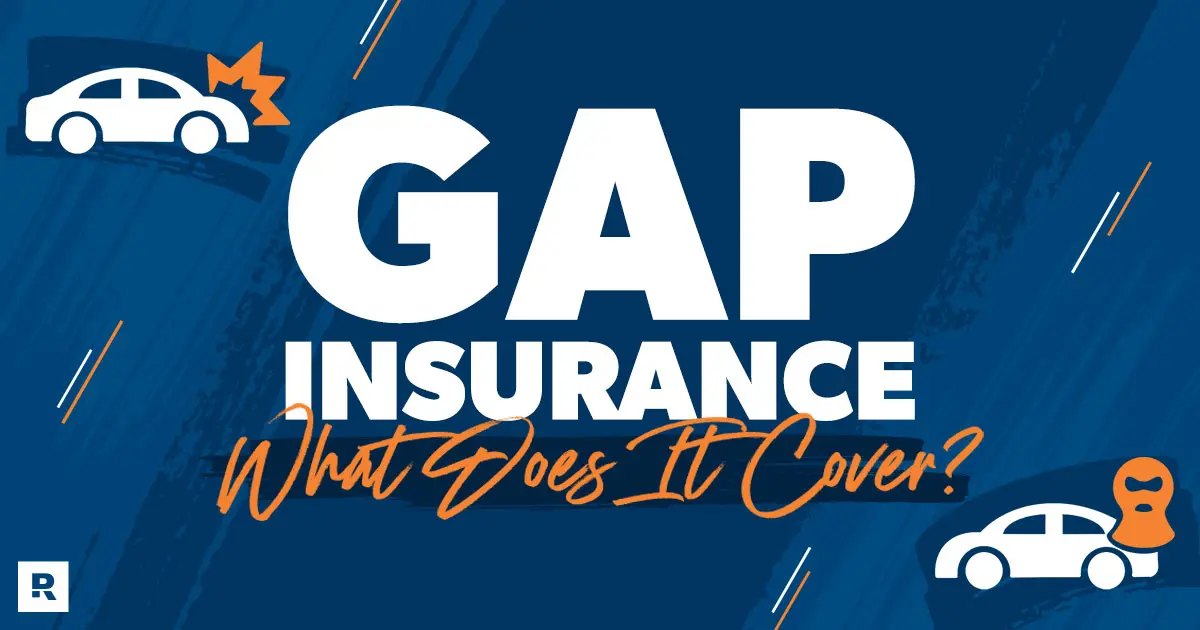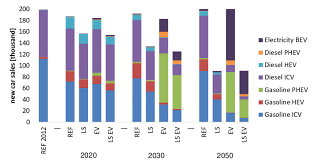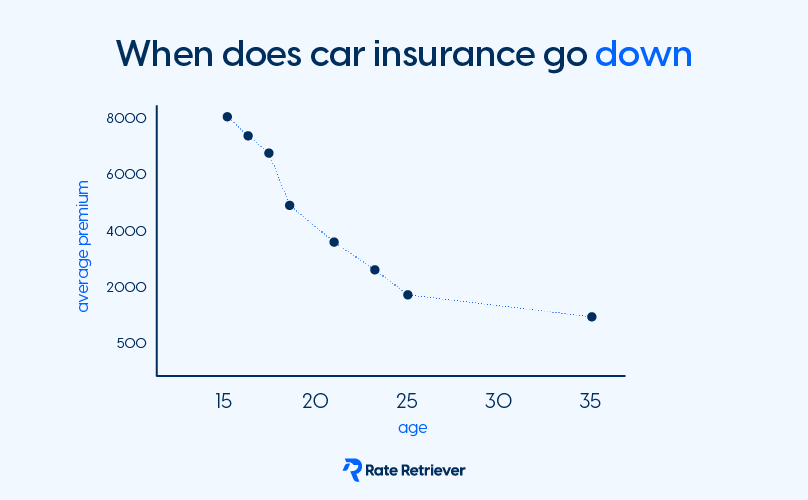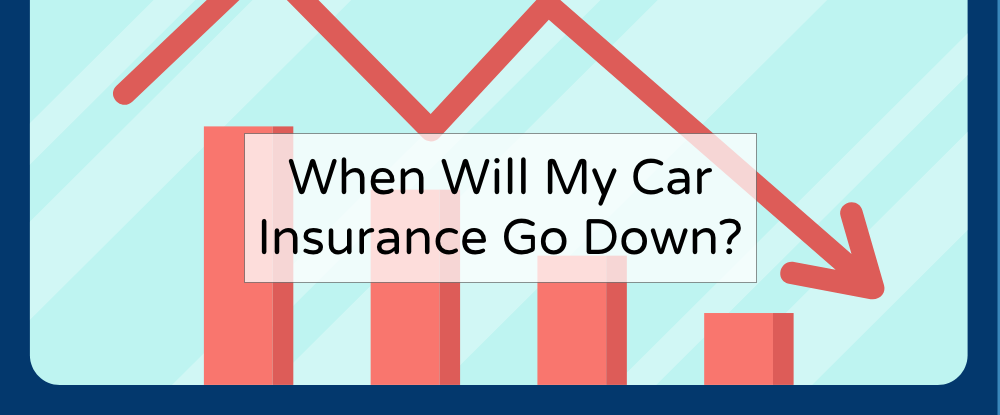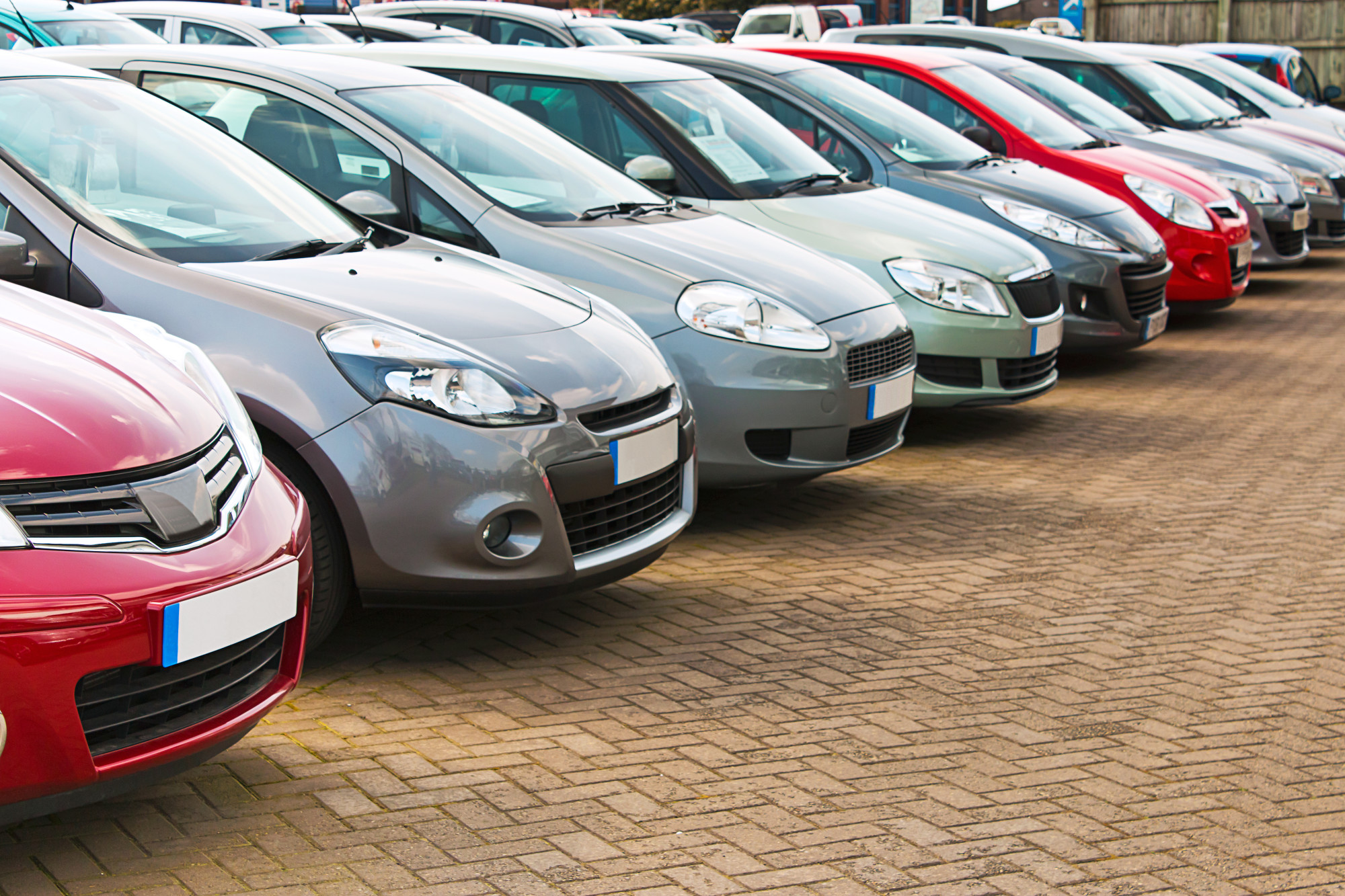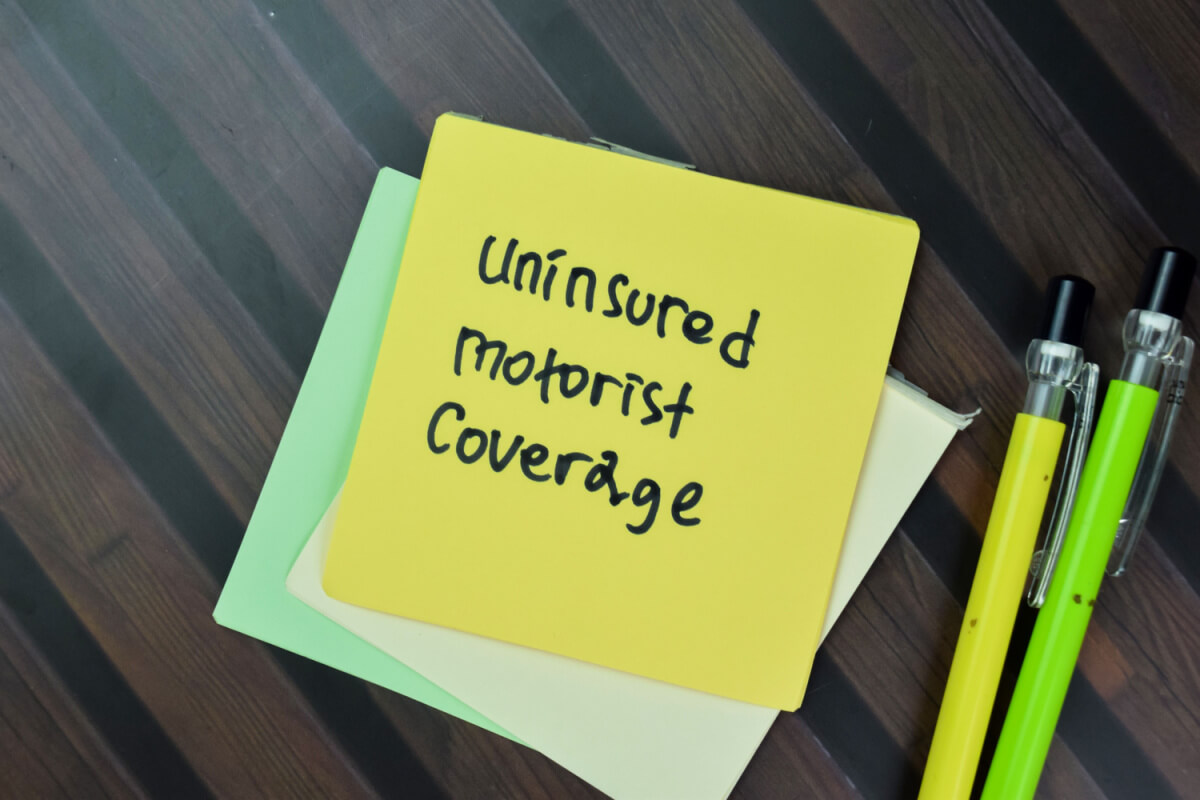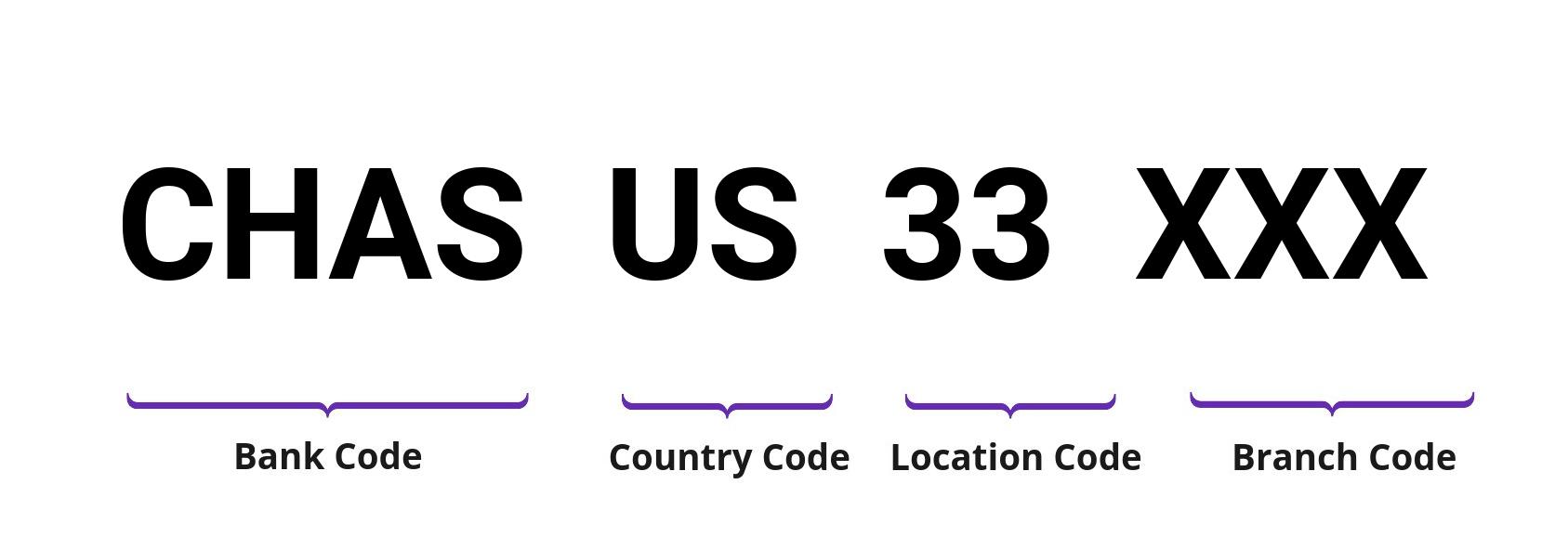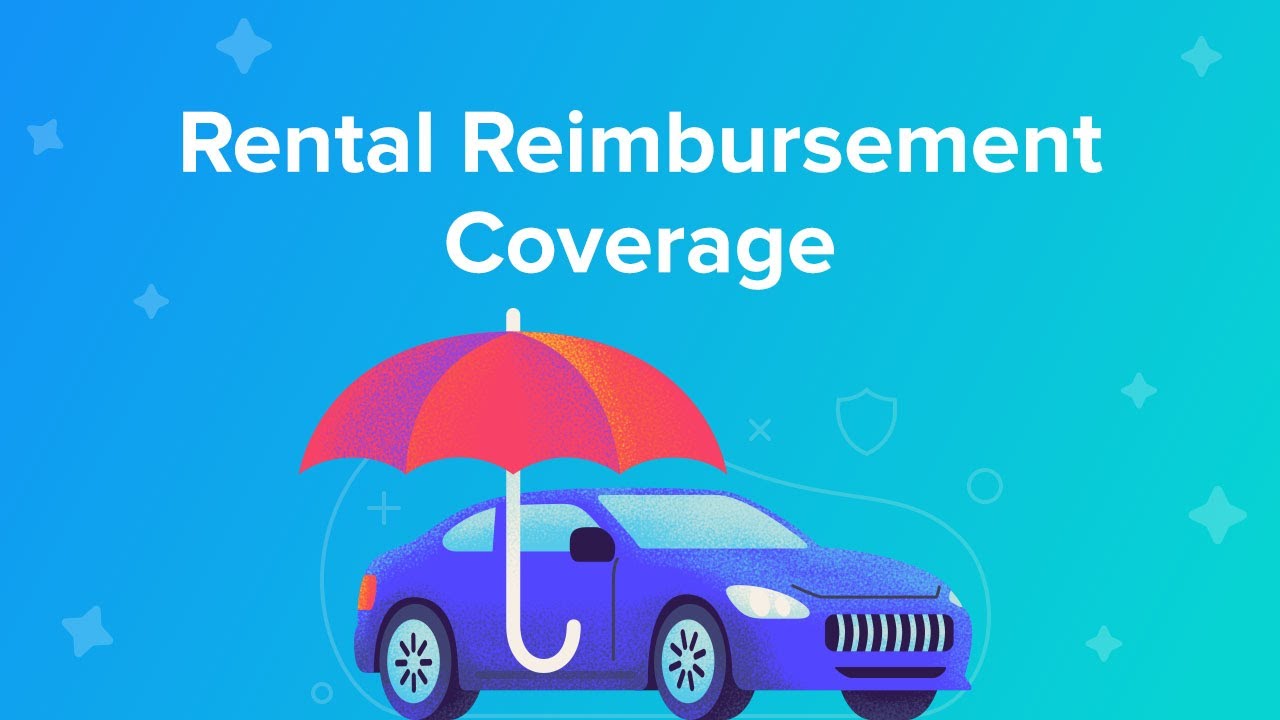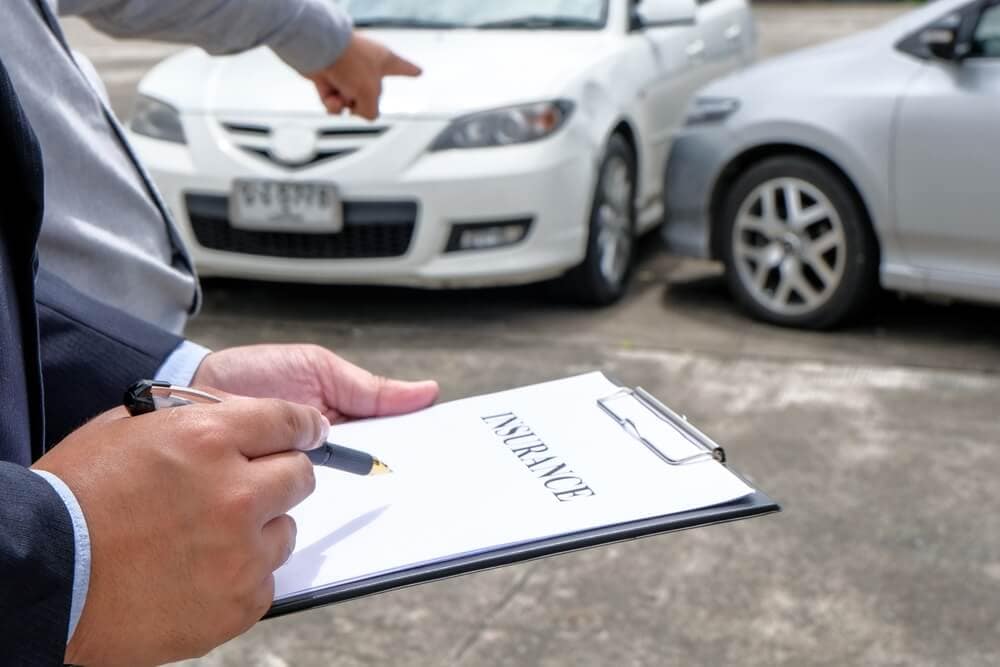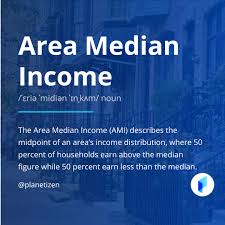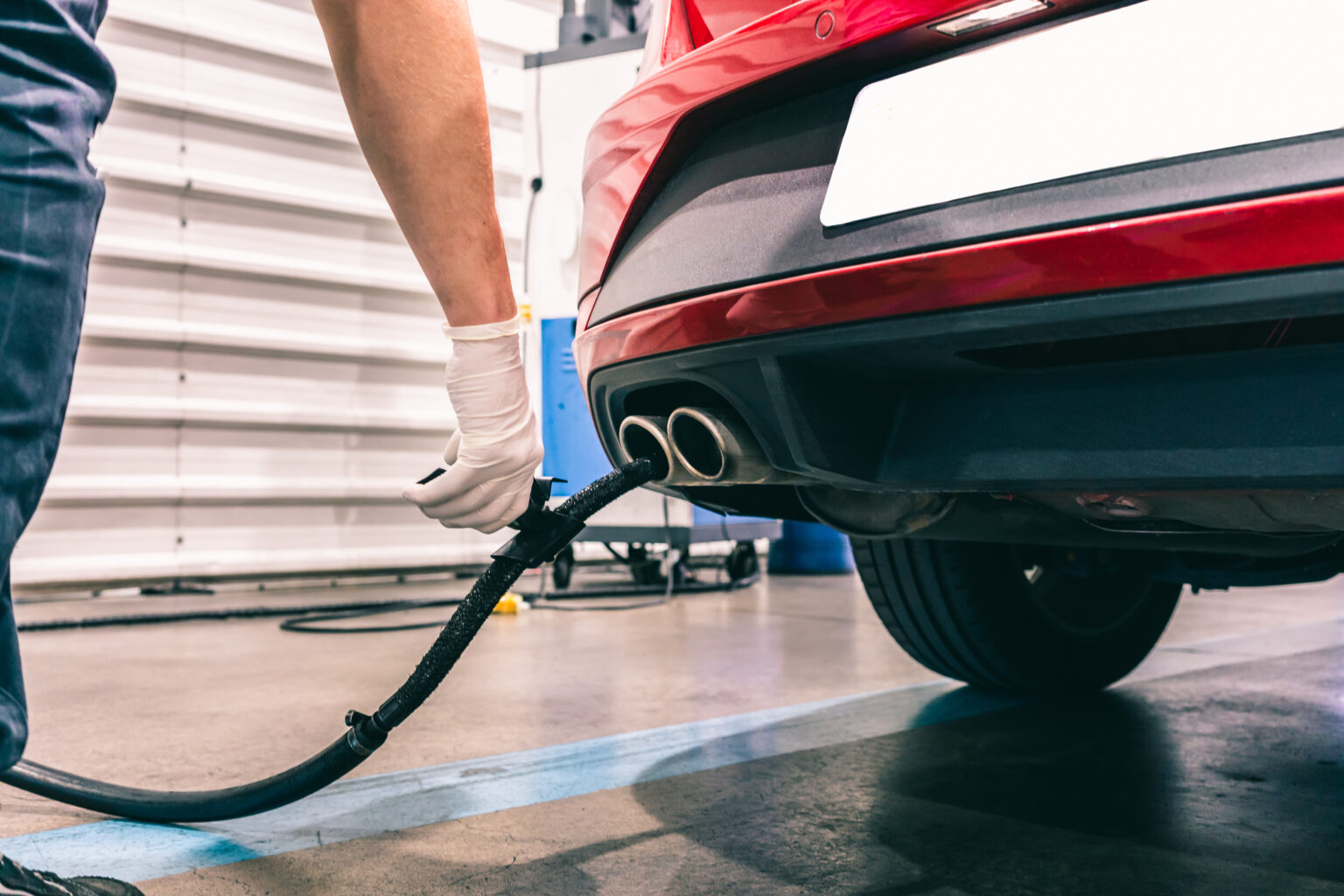If you’ve spotted the little Eco Mode button near your steering wheel and wondered what it does, you’re not alone. Many drivers aren’t quite sure whether it’s just a gimmick or a real fuel-saver. The truth? Eco Mode (short for “Economical Mode”) is designed to improve your car’s fuel efficiency, reduce emissions, and take some pressure off your engine.
But like most car features, it’s not perfect for every situation. Let’s break it down in plain English so you know when to use Eco Mode—and when to leave it off.
How Does Eco Mode Work?
Eco Mode comes built into many modern gas-powered and hybrid cars. (Electric vehicles don’t need it, since they don’t burn fuel.) When you press the Eco button, your car automatically adjusts how it uses fuel and power.
Here’s what happens when Eco Mode is on:
- Your throttle response slows down, meaning your car won’t accelerate as quickly.
- The engine works less hard, which saves fuel.
- The air conditioning might run at a lower power setting.
- Even interior lights may dim slightly to conserve energy.
👉 Pro tip: Don’t confuse Eco Mode with EV Mode in hybrid cars. Eco Mode still uses gas, while EV Mode relies solely on the battery. You can learn more about the difference on Toyota’s Hybrid Driving Modes guide.
The Advantages of Eco Mode
So, why bother pressing that Eco button? Here are the biggest benefits:
- Improved Fuel Economy
Depending on your car model and how you drive, Eco Mode can help you squeeze more miles per gallon. According to the U.S. Department of Energy, smooth acceleration and conservative driving are key to saving gas—and Eco Mode encourages exactly that. - Fewer Emissions
Burning less fuel means fewer harmful emissions in the air. Over time, that helps reduce your carbon footprint. - Less Strain on Your Car
Since the engine and battery don’t have to work as hard, you may experience less wear and tear on certain components.
Does Eco Mode Actually Save Gas?
Here’s the million-dollar question: Does Eco Mode really save you money at the pump?
While results vary, most studies suggest that Eco Mode can help you cut fuel use—especially if you tend to accelerate quickly or brake hard. It encourages smoother, more mindful driving, which translates into better fuel efficiency.
Bottom line: If you consistently use Eco Mode and adjust your driving habits, you’ll likely notice savings over time.
The Downsides of Eco Mode
Of course, Eco Mode isn’t perfect. Here are the main drawbacks:
- Reduced Performance
With slower throttle response, your car won’t feel as zippy. If you love quick acceleration, Eco Mode may feel sluggish. - Potentially Unsafe in Some Situations
Think highway merges, steep hills, or passing another car—you may need that extra power. Eco Mode limits acceleration, which could put you in a risky spot. - Frustration Factor
Some drivers find the lag in responsiveness annoying. If you’re impatient with slower acceleration, Eco Mode might not be your friend.
Does Eco Mode Cause More Wear and Tear?
Actually, no. If anything, Eco Mode can extend the life of your engine and battery since it reduces workload. However, it’s not great for stop-and-go traffic, as frequent gear shifting in Eco Mode may put strain on your transmission.
How to Turn Off Eco Mode
Turning Eco Mode on or off is usually as simple as pressing a button near your steering wheel. Some cars even activate it automatically in certain conditions. If that’s the case, you can usually adjust the setting through your vehicle’s menu system. Check your owner’s manual or visit Edmunds’ car maintenance tips for more details.
Does Eco Mode Affect Car Insurance?
Nope! Using Eco Mode won’t change your insurance rates. Insurance companies set premiums based on factors like your age, location, driving record, and vehicle type. While cars with Eco Mode often score higher on safety and efficiency ratings (which can lower premiums), the feature itself doesn’t directly affect your rates.
If you’re curious, you can compare policies using resources like Progressive or NerdWallet’s car insurance comparison tool.
Final Thoughts
Eco Mode is a handy feature if you want to save on gas, reduce emissions, and give your car a bit of a break. It’s best used for relaxed city or suburban driving, where you’re not constantly pushing for speed. But if you need quick acceleration—like on highways or steep climbs—turn it off to stay safe.
Think of Eco Mode as a tool: use it when it fits your situation, and switch it off when you need full performance.




